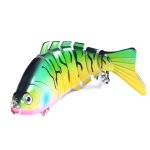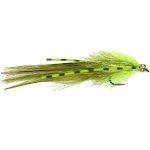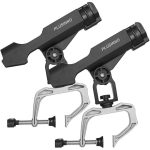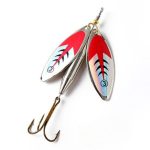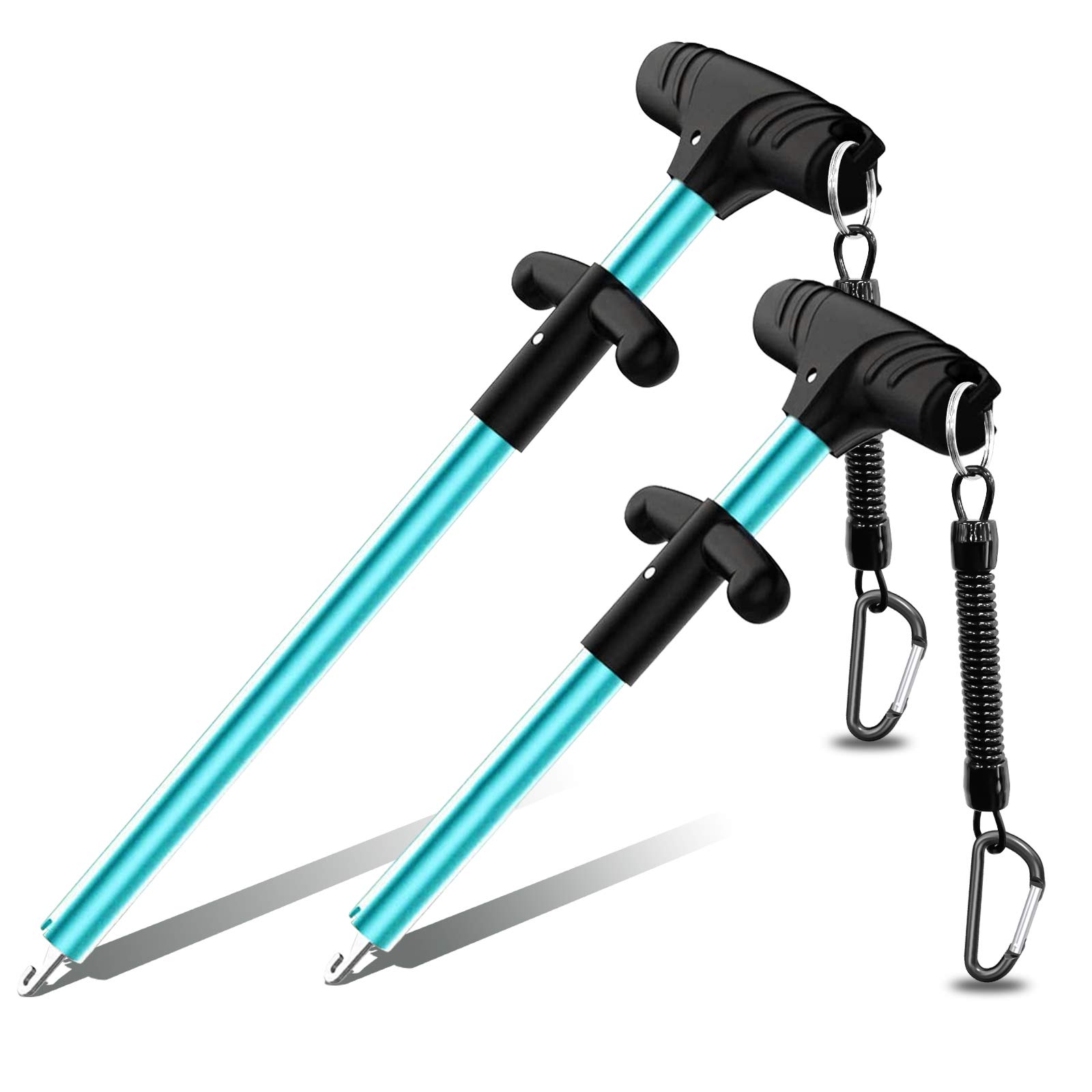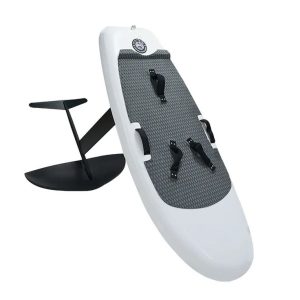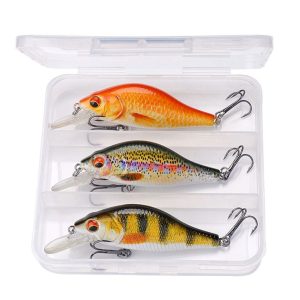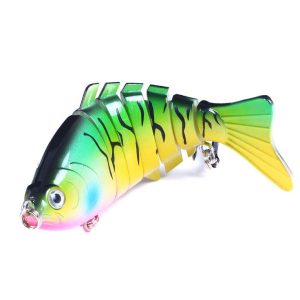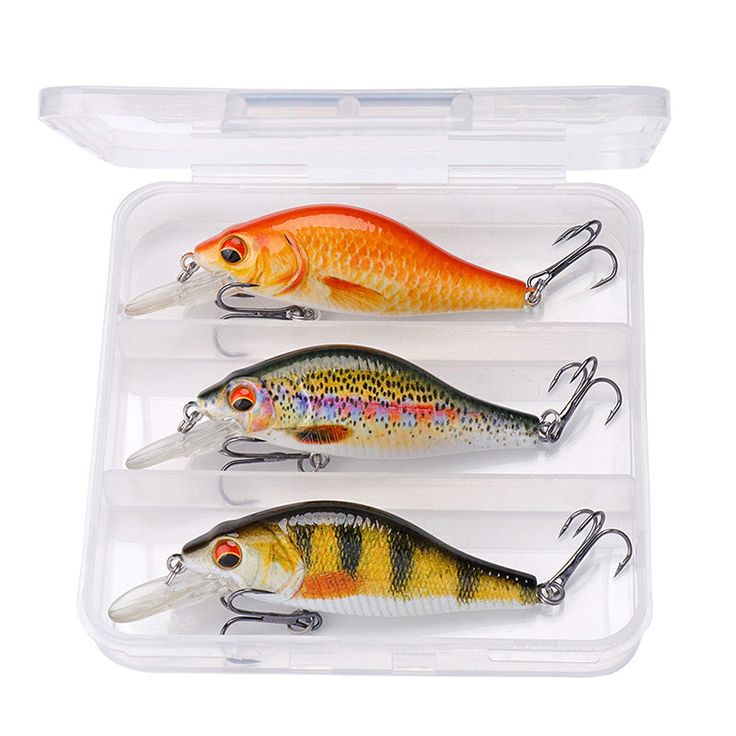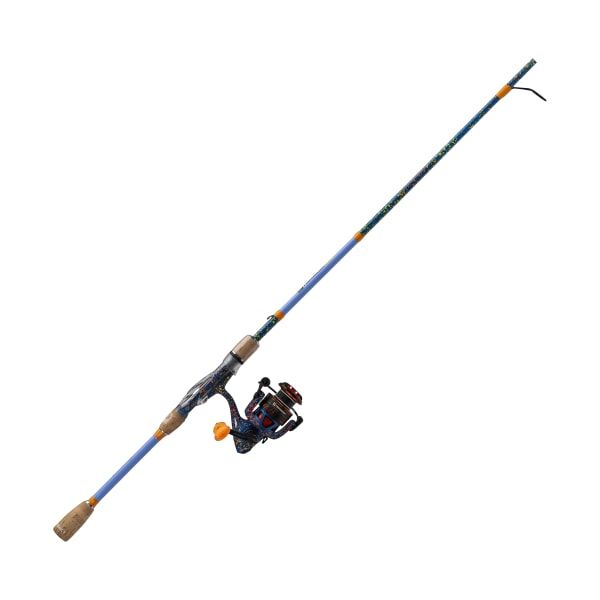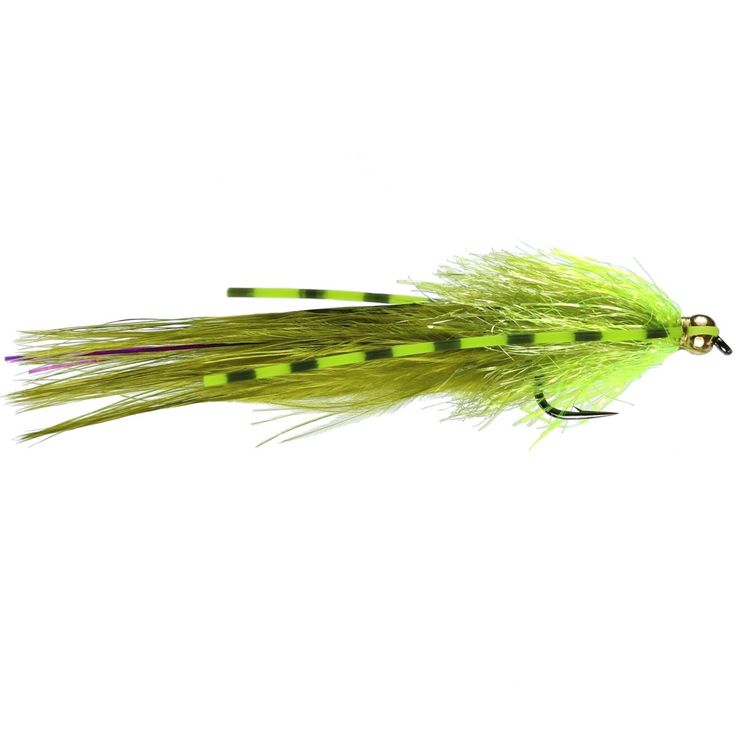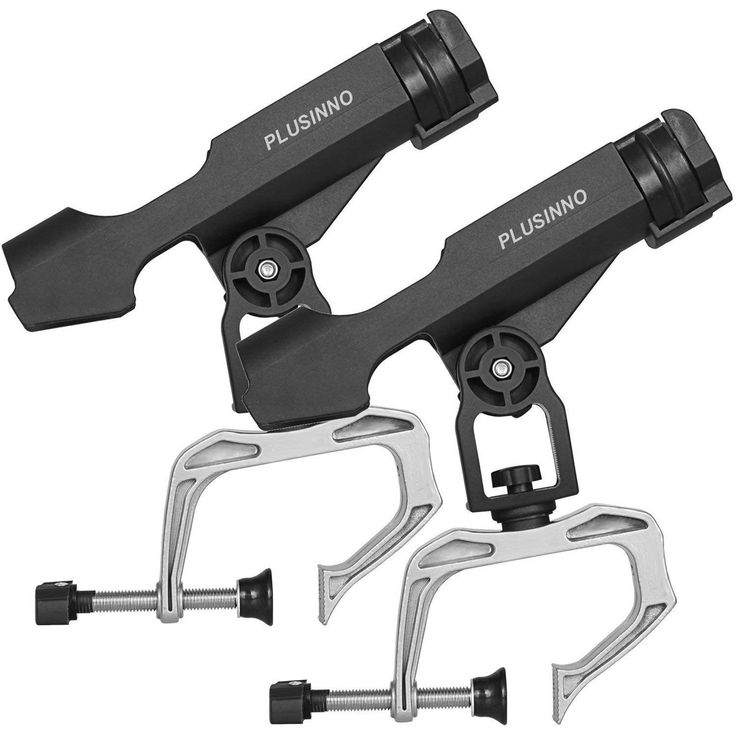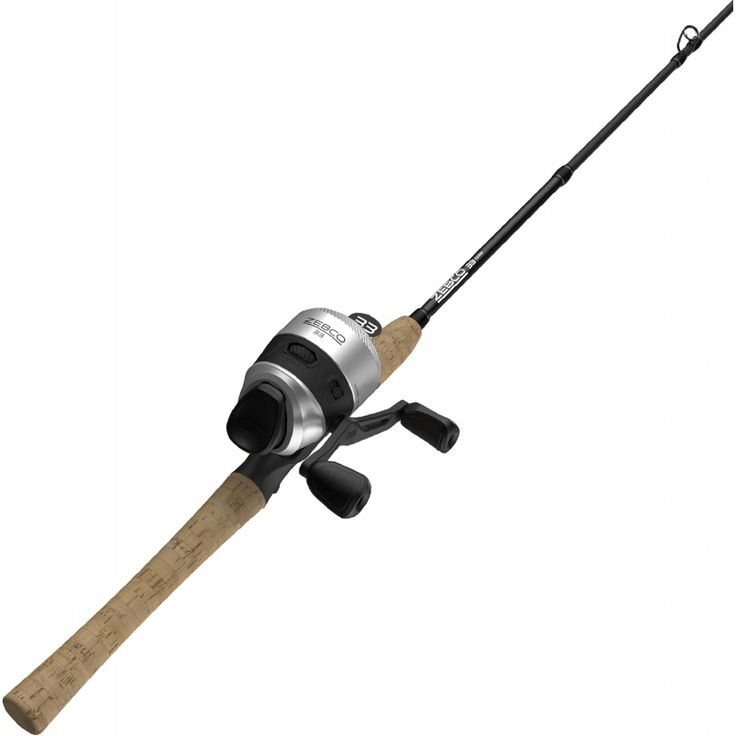Introduction Fishing is a beloved pastime that allows us to connect with the natural world and experience the thrill of the catch. However, the excitement of reeling in a prized fish can quickly turn to concern when the time comes to remove the hook. Improperly removing a hook can lead to significant injury to the fish, potentially compromising its survival and well-being. This is where the fish hook removal tool becomes an invaluable asset for responsible anglers. In this comprehensive guide, we’ll explore the importance of this essential piece of equipment, the different types of hook removal tools available, and the proper techniques for using them effectively.
Understanding the Challenges of Hook Removal
The Anatomy of a Hook
To fully appreciate the significance of a fish hook removal tool, it’s essential to understand the anatomy of a hook and the potential challenges it presents. Hooks are designed with sharp, barbed points that are intended to penetrate and secure the fish’s mouth or jaw. While this design is highly effective for catching and landing fish, it can also cause significant damage if not removed with care and precision.

The Risks of Improper Hook Removal
Attempting to remove a hook without the proper tools and techniques can result in further injury to the fish, potentially causing tearing of the mouth, internal damage, or even death. In some cases, the hook may be deeply embedded, making it increasingly difficult and risky to extract. Proper hook removal is not only crucial for the fish’s survival but also demonstrates a commitment to responsible angling and the conservation of aquatic ecosystems.
Introducing the Fish Hook Removal Tool
The Importance of a Specialized Tool
A fish hook removal tool is a specialized device designed to safely and effectively extract hooks from a fish’s mouth or body. These tools come in a variety of shapes, sizes, and configurations, each tailored to address specific hook types and fishing scenarios. By using a dedicated tool, anglers can minimize the risk of further injury to the fish and increase the chances of a successful, stress-free release.
The Versatility of fish hook removal tool
Fish hook removal tools are not limited to a single, one-size-fits-all design. Instead, they come in a range of styles and features to accommodate different hook sizes, shapes, and fishing environments. From simple, hand-held pliers to specialized multi-tool devices, the right hook removal tool can make all the difference in your ability to safely and efficiently extract a hook.

Selecting the Appropriate Hook Removal Tool
Factors to Consider of fish hook removal tool
When choosing a fish hook removal tool, there are several key factors to consider. The size and type of hooks you typically encounter should be a primary consideration, as different tools are designed to handle various hook configurations. Additionally, the fishing environment, such as shore-based or boat-based angling, may influence the type of tool that best suits your needs.
Common Hook Removal Tool Designs
One of the most common and versatile hook removal tools is the needle-nose pliers. These sturdy, long-nosed pliers allow anglers to firmly grasp and manipulate the hook, facilitating a controlled extraction. Another popular option is the dehooker, a specialized tool with a curved tip and serrated edges that can effectively grab and remove hooks, even in tight or difficult-to-reach areas.
Mastering the Technique: Safely Removing Hooks
Preparing the Fish and Tool
Before attempting to remove a hook, it’s essential to ensure that both the fish and the removal tool are properly prepared. Gently restrain the fish, being mindful of its overall condition and avoiding any unnecessary stress or further injury. Thoroughly clean and disinfect the hook removal tool to prevent the transmission of pathogens or infection.
The Extraction Process
The actual hook removal process should be carried out with care and precision. Carefully insert the tool’s jaws around the hook, ensuring a secure grip. Slowly and steadily extract the hook, avoiding sudden movements or excessive force that could damage the fish’s mouth or internal structures. In some cases, it may be necessary to push the hook through the fish’s mouth or skin and then remove it, rather than attempting to pull it out the way it went in.
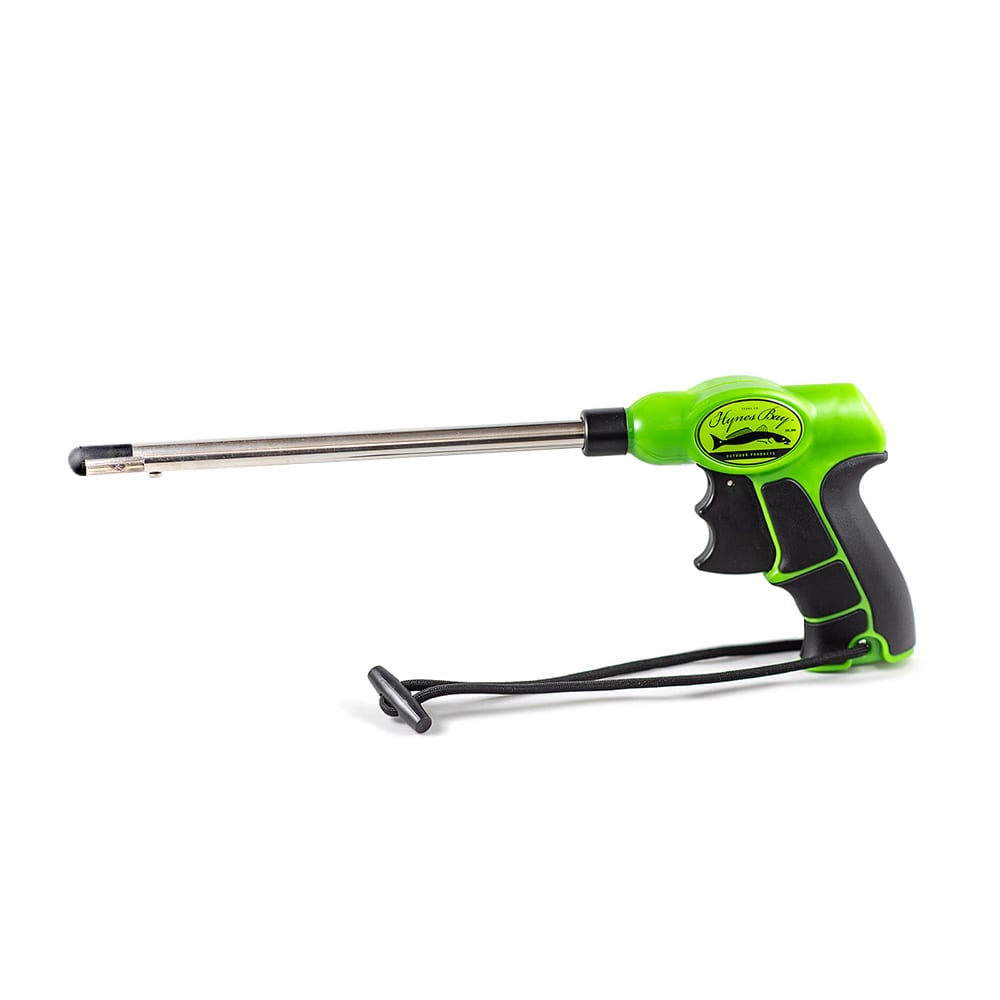
Aftercare and Release
After the hook has been successfully removed, it’s crucial to provide the fish with proper aftercare before releasing it back into the water. Gently support the fish in the water, allowing it to regain its strength and swim away on its own. In some cases, you may need to hold the fish gently in the water to help it recover and resume normal swimming behavior.
Safety Considerations and Best Practices
Protecting the Fish’s Welfare
When using a fish hook removal tool, the primary focus should always be on the well-being of the fish. Avoid using excessive force or causing further injury during the extraction process. If the hook is deeply embedded or in a sensitive area, consider seeking the guidance of a professional or experienced angler to ensure the safest possible outcome for the fish.

Ensuring Your Own Safety
While the fish’s welfare is the top priority, it’s also important to consider your own safety when using a hook removal tool. Wear appropriate protective gloves to prevent accidental punctures or cuts, and be cautious of the sharp, pointed end of the tool. Additionally, be aware of your surroundings and the potential for slips or falls, as wall fishing or boat-based hook removal can present unique challenges.
The Importance of Education and Regulation
Staying Informed and Trained of fish hook removal tool
Effective and responsible fish hook removal requires a solid understanding of the proper techniques, as well as the potential risks and consequences. Seek out educational resources, such as online tutorials, workshops, or guidance from experienced anglers, to ensure you’re using the removal tool correctly and minimizing the risk of harm to the fish.

Regulatory Considerations of fish hook removal tool
In some regions, the use of fish hook removal tools may be mandated or recommended by local fishery management agencies. Be sure to familiarize yourself with the regulations and guidelines in your area, as failure to properly remove hooks may result in fines or other penalties. Adherence to these regulations demonstrates a commitment to responsible angling and contributes to the overall health and sustainability of the fishery.
Conclusion
The fish hook removal tool is an essential piece of equipment for any responsible angler, as it can mean the difference between life and death for the fish they catch and release. By understanding the challenges of hook removal, mastering the proper techniques, and prioritizing the well-being of the fish, you can become a more effective and conscientious angler, contributing to the long-term sustainability of the fisheries you enjoy. Remember, the responsible use of a fish hook removal tool not only benefits the fish but also enhances your own fishing experience and reputation within the angling community. Embrace the power of the hook removal tool, and let it guide you towards a more ethical and rewarding fishing future.

